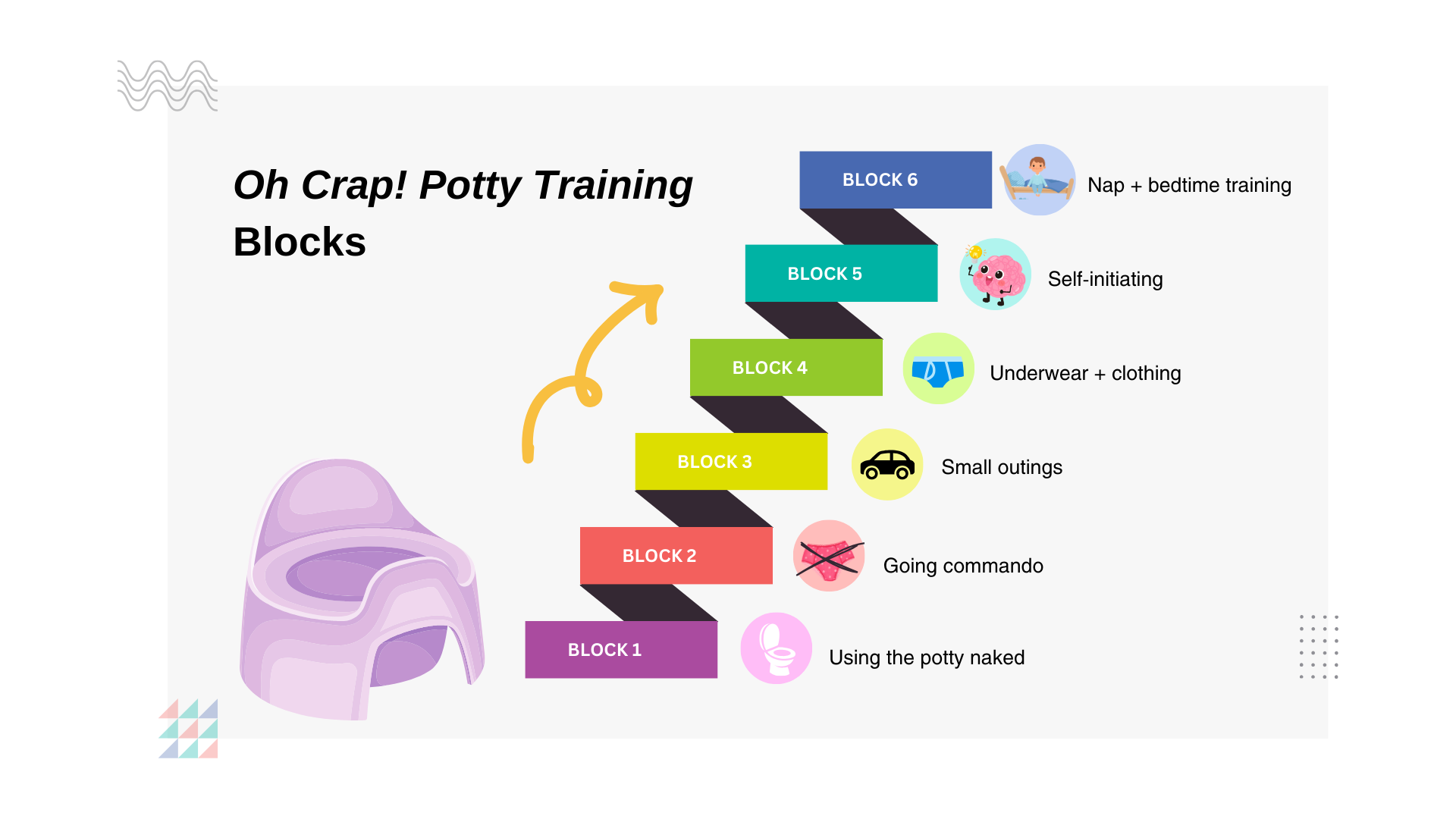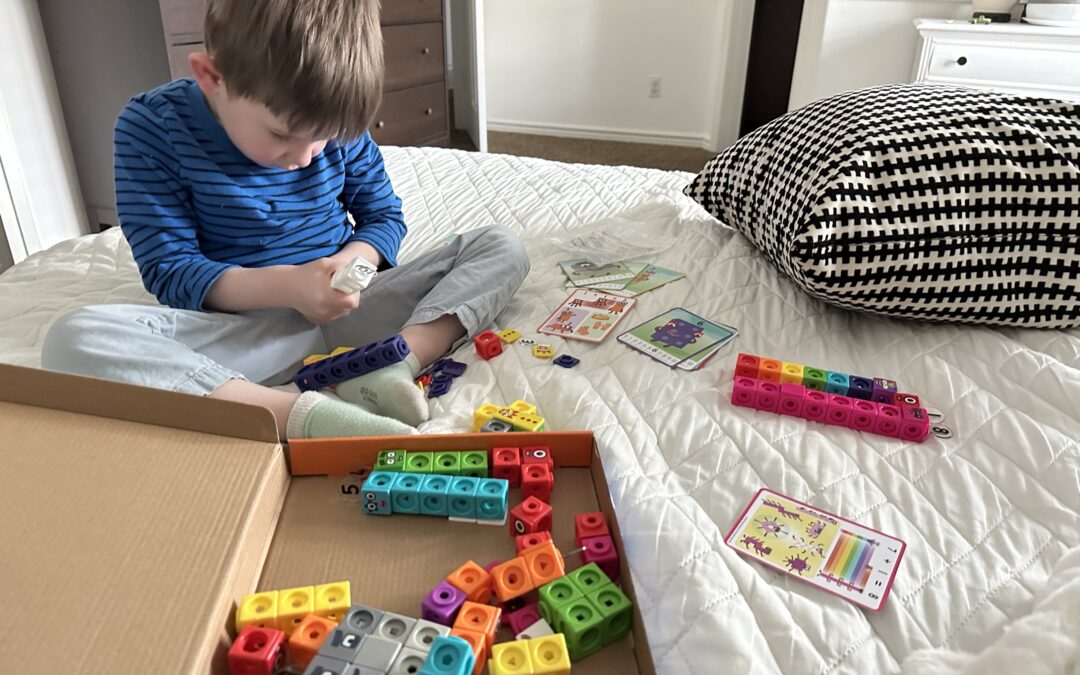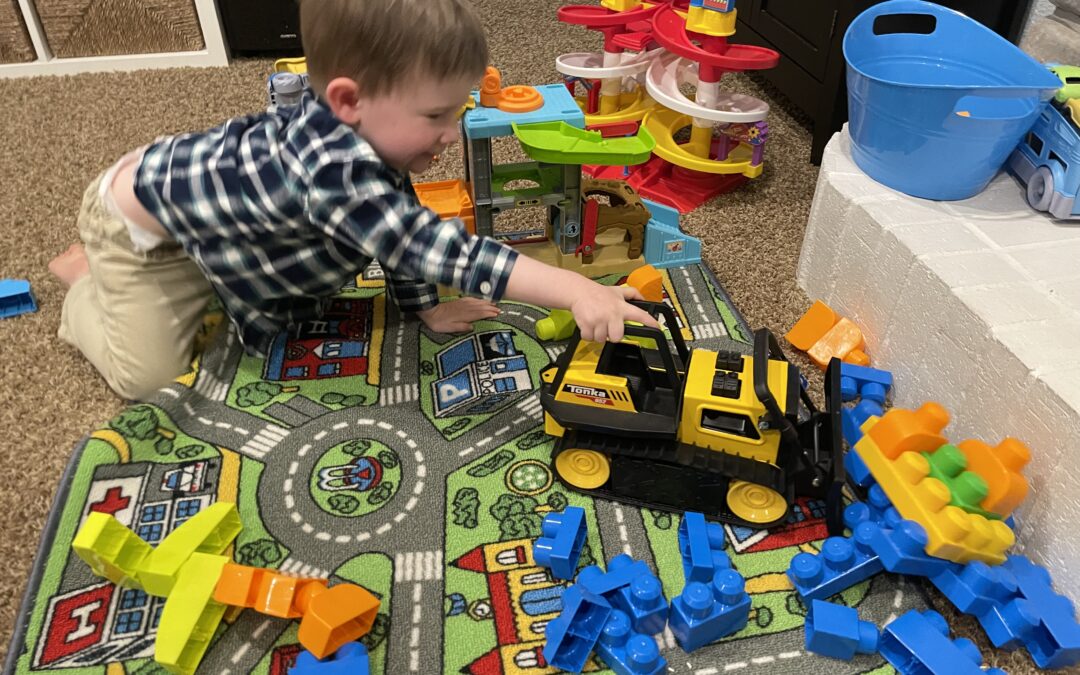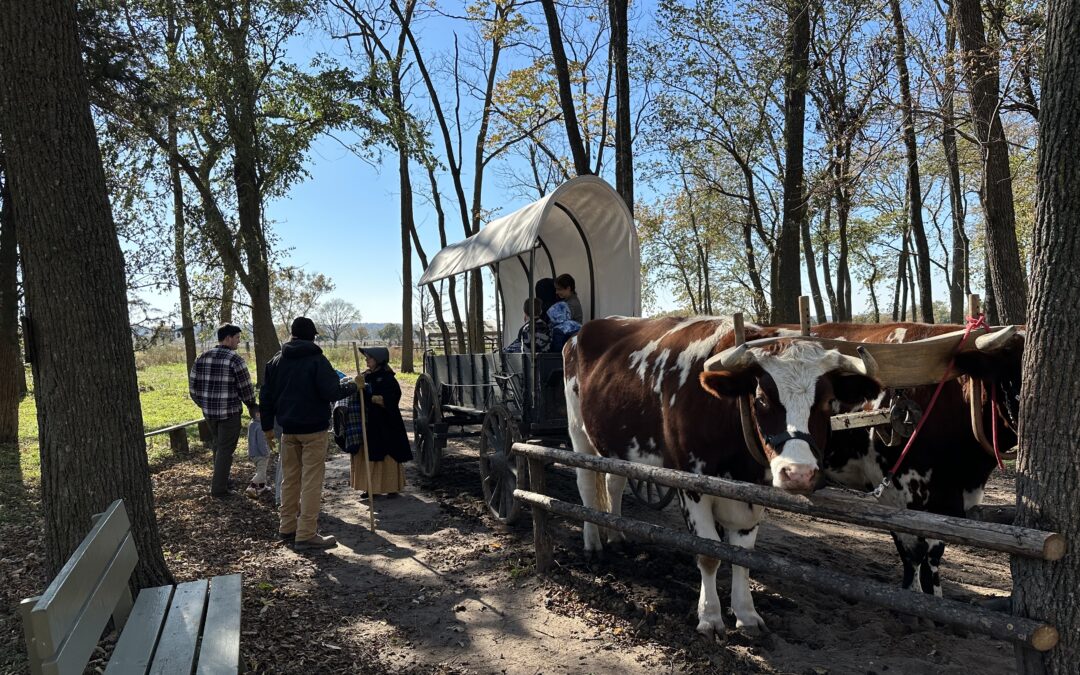The dread. The horror. I was so not excited to potty train our oldest because I always assumed it would be incredibly hard and never actually end. I expected there to be bodily fluids (and solids) on my floor 24-7. But I am here to tell you that it wasn’t as bad as I had feared! We got through it and so can you! Everyone’s experience and child is different, but I truly believe the method we use can help anyone.
Choosing the Oh Crap! Approach
At one of our well child visits, our pediatrician recommended the book Oh Crap! Potty Training: Everything Modern Parents Need to Know to Do It Once and Do It Right by Jamie Glowacki. He told us that he had used this method with his own kids and that it could help us be done with potty training in a mere weekend. We trust and value his opinion, so we started looking into buying the book. Within a short period of time, multiple friends of ours also recommended the book, saying that it had worked well for them. So we had no reason to doubt! And now we, too, can testify that this method worked for us.
*Note: We used the 2015 edition but a new edition is being released in 2024!
What is the Oh Crap! Approach?
To oversimplify it, Jamie Glowacki’s approach to potty training is a block (or level) system in which your child gradually learns to recognize the urge to go and independently uses a toilet. Each block can be as long or as short as your child needs to master that particular skill. The author recommends that parents start potty training when their child is 20-30 months old and really emphasizes that your child is probably ready before you think they are. The book discusses how potty training is something your child really deserves to learn for the sake of their own autonomy and dignity. And think about how much you’ll save on diapers! The Oh Crap! method is completely bribery-free, which helps kids develop intrinsic motivation to take this big developmental step. And you don’t have to wean your kid off of stickers or treats every time they pee!

Block 1
In Block 1, your kiddo essentially hangs out (ha!) at home naked, at least on the bottom half. You keep a close eye on your kid, periodically reminding them to use the potty (but not too often!). As you remain focused on them throughout the day (or days), you take mental note of their potty cues, or their physical “tells” that let you know they’ve gotta go.
In this block, you should be prepared to clean up a few accidents. It will very likely happen that your kid will start peeing, and you rush them to the toilet, leaving a trail in your wake. And that’s okay! You gently remind your child that pee and poop go in the potty. Your child will likely respond with some form of disgust at making that mess, which works to your benefit, because they will start learning how to avoid it happening again. As time goes on, your child will start to recognize their body’s cues and take preemptive steps to avoid accidents. We were amazed how fast our son started paying attention to his body and rocked this block!
Block 2
Once your child is proficient with block 1, (they successfully use the potty with reminders and rarely have accidents) they move on to block 2! Block 2 is similar to block 1, but instead of being naked, your child is now going commando (pants, but no underwear). This gives your child the opportunity to practice their new skills, but with the added complexity of removing clothing first. Going commando still feels a lot like being naked though, so that encourages your child to continue paying attention to their body’s cues and not get too careless.
Block 3
Time to take your kid’s new talent for a spin. Block three is when you venture out for small outings with your child. When I say small, I mean small. I’m talking 10-minute walk around the block or coming with you to drop off another child at school. You really need to work up to outings that are longer.
Block 4
When your child has mastered going commando and small outings, it’s time to add underwear. Underwear can be tricky, because all of a sudden, it kind of feels like a diaper again, and that may mean your child reverts to old habits. This type of regression is one of the times you’ll be glad you got the book (please, please read the book!). The author walks you through a ton of different what-ifs, regressions, and resistance you may face during the process.
Block 5
This is when your child really is getting it down. They now recognize their body’s cues consistently, can hold it in for longer periods of time, and self-initiate using the potty–that is, they don’t rely on reminders from you.
Block 6
Oh, I didn’t mention naps and bedtime? That’s because that’s actually block 6. The book walks through different ways to approach this hurdle, and there’s a lot of variation in how kids handle it. You can start tackling nap and nighttime potty training on day one, or you can have your child wear a diaper/pull-up exclusively for sleeping until you’re ready to take this next step. One of my favorite things I read in this book is the author’s opinion to always prioritize sleep. For instance, if you’re waking up multiple times in the night to care for a newborn, night training may need to wait so that you can get the rest you need. Or you might just get lucky and have a child like ours that kinda-sorta night-trained himself.
Toddler Potty or Real Toilet?

We opted for having our son use the real toilet as opposed to the toddler potties that sit on the floor. My main reason was simply that I didn’t want to clean up the mess (which I think is a dang good reason). But I also liked that we didn’t have to transition from the baby potty to a real toilet or make extra space in our home for another big item. To make using the toilet easier, we purchased little toilet seats like this one to fit the toilets in our home. I even purchased a foldable travel seat that I brought with me in the first few weeks of potty training and I still bring on vacations. One of our toilets even has a toilet seat/lid with a toddler seat built in! This is definitely the most aesthetically pleasing option. If you go the toilet seat route, you’ll probably also need to purchase a small stool so your child can reach the toilet. I have no regrets with going with the toilet seats and plan to do the same thing with our future potty-trainers. One note though: don’t forget to wipe the toilet down before guests arrive! 😅
Our Experience
We were seriously so relieved that potty training went so well for us. We started our son at about 32 months, so actually a little bit later than the book recommends! But we found that he was totally ready and willing.
Potty training went pretty smoothly for us for the first three blocks. On the first day, we confined our son to one room that was close to a bathroom and laid blankets out over the carpet and furniture to contain any accidents. I followed the book’s instructions carefully and we had a great day playing together with only a couple spills. He learned so fast!
We started having some regression when it was time to put the undies on. The author was right – the tight, cozy feeling of underwear really does simulate a diaper and muscle memory kicks in. But with patience and some extra reminders, we got over this hurdle in a few days.
We had what I think is a fairly uncommon experience with nap and night training. We put a pull-up on our son the first few sleeps, but kept finding that the pull-up was still dry when he woke up. It only took a couple days for him to start asking to wear underwear to bed, and we let him. He had remarkable success, with maybe 2 accidents a week or so for the first couple weeks. From what I’ve heard from other parents, this is not the typical experience though! What I hear from my friends is that their kids (particularly sons) need to wear pull-ups to bed for quite some time after mastering the rest of potty training. The book has lots of information about how to help kids develop their ability to hold it at night!
For the couple months or so, we did have occasional accidents, even when our son had been doing well for quite some time. I think this is to be expected while your child learns to gain complete awareness and control of their body.
Now, our son is three-and-a-half years old and never has accidents. We’ve taken him on trans-Pacific flights, through Thailand, camping, and on car rides up to 4 hours long. He’s done amazing! We’ve gotten used to noticing where bathrooms are when we’re traveling or in public so that we can get to a toilet quickly if he needs one, but he’s gotten good enough that he can usually make it for a few minutes after realizing he needs to go.
Some Quick Tips
- Kids can smell fear. If you believe they won’t succeed, they will manifest that belief. Keep a smile on your face and believe in your child. This is an exciting step in their lives!
- Expect some setbacks, but don’t be afraid of them. On a similar thread, don’t lose your cool everytime something goes wrong. Setbacks are part of the learning process for both you and your child!
- You really do need to watch your child like a hawk for the first couple blocks. If you’re not watching closely, you will miss their cues, and you’ll have more messes to clean. You’ll also slow down the process.
- Be prepared. When you leave the house with your child, keep an extra change of clothes on hand, a travel seat, plastic bag, and you can even line the carseat with a cloth diaper!
- Read the book for heaven’s sake! She knows what she’s talking about!
Now that I’ve shared my experience, here’s what I need to know: how have you guys gotten over the hurdle of wiping your child’s bum after number 2? One year after potty training and I am so afraid of what the consequences may be if I trust my child to do this himself, but I am so over doing it for him. Help! I want to hear your experiences!





0 Comments